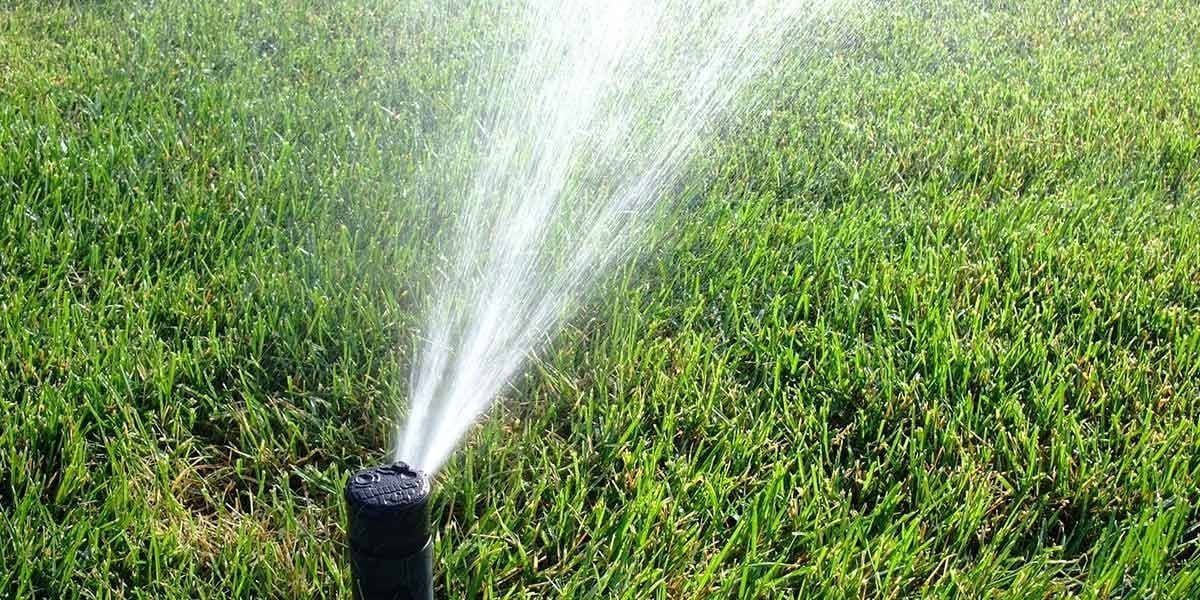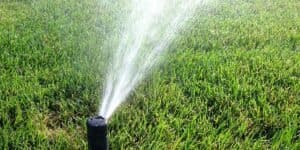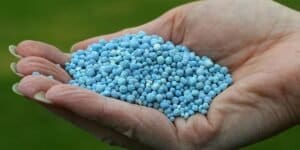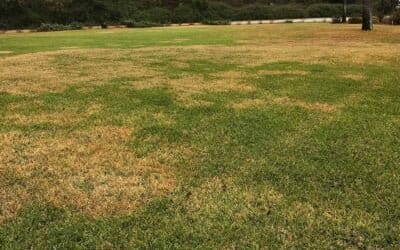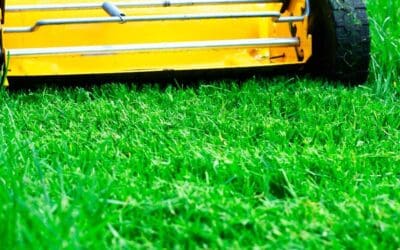Having a lush green lawn is a sign of a well-maintained and healthy landscape. Unfortunately, many homeowners seeking this nice enjoyable green lawn may be taking steps that hinder instead of advancing toward this goal. Too much of anything can be harmful, which is undoubtedly true for overwatering the lawn. With so many properties today having irrigation systems that allow an almost hands-off way of watering the yard, there is a great amount of lawn watering going on.
When lawns are overwatered, it can spell disaster for your grass and creates an ideal climate for fungus and disease to grow, resulting in weakened, unhealthy turfgrass and leading to a range of problems that are both unpleasant to look at and may be expensive to remedy. Excess moisture also increases the growth of weeds, creating additional problems for the enjoyment of your yard. Therefore, it is important to understand how proper watering techniques can help prevent these issues from occurring. The consequences of overwatering may not be immediately visible. Still, they will eventually surface in some way or another, and once the fungus is present in the soil or turfgrass, it can be challenging to control, and you never really get rid of it from the ground (regardless of what some may claim).
We all want healthy, vibrant turf in our yards, but it can be hard to know when and how much to water. It’s important to understand the proper amount of water needed to keep the turfgrass looking its best. Too much water can be detrimental to your grass, while too little can cause it to become dry and brittle, which can cause damage and stress to the grass. It’s crucial to find the right balance and only water when necessary to keep your turf healthy and not more. Maintaining a healthy, lush lawn can be tricky, and when it comes to watering your lawn, it is best practice to only water when necessary and not more. Also, knowing what type of grass you have and how much water it needs will really help in this regard.
